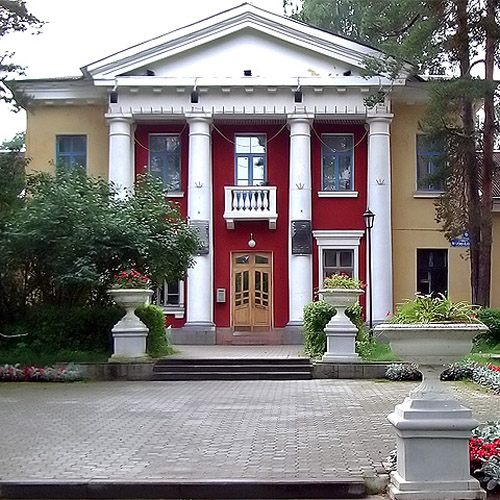Dubnium
105
Db
Gruppe
5
Periode
7
Blok
d
Protoner
Elektroner
Neutroner
105
105
157
Generelle Egenskaber
Atomnummer
105
Atommasse
[268]
Masseantal
262
Kategori
Overgangsmetaller
Farve
n/a
Radioaktiv
Ja
Named after the Russian town of Dubna
Krystalstruktur
n/a
Historie
Dubnium was reportedly first discovered in 1968 at the Joint Institute for Nuclear Research at Dubna.
Researchers there bombarded an americium-243 target with neon-22 ions.
In the same year, a team led by Albert Ghiorso working at the University of California, Berkeley conclusively synthesized the element by bombarding a californium-249 target with nitrogen-15 ions.
Researchers there bombarded an americium-243 target with neon-22 ions.
In the same year, a team led by Albert Ghiorso working at the University of California, Berkeley conclusively synthesized the element by bombarding a californium-249 target with nitrogen-15 ions.
Elektroner i hver skal
2, 8, 18, 32, 32, 11, 2
Elektronkonfiguration
[Rn] 5f14 6d3 7s2
The Berkeley team proposed the name hahnium for the element
Fysiske Egenskaber
Tilstandsform
Fast stof
Massefylde
39 g/cm3
Smeltepunkt
-
Kogepunkt
-
Smeltevarme
n/a
Fordampningsvarme
n/a
Varmefylde
-
Forekomst i jordskorpen
n/a
Forekomst i universet
n/a

Billede akkrediteringer: Wikimedia Commons (Hrustov)
The element is named after after the Russian town of Dubna, the location of the Joint Institute for Nuclear Research
CAS-nummer
53850-35-4
PubChem CID-nummer
n/a
Atomare egenskaber
Atomradius
-
Kovalent radius
149 pm
Elektronegativitet
-
Ioniseringspotentiale
-
Atomvolumen
-
Varmeledningsevne
0,58 W/cm·K
Oxidationstrin
5
Anvendelser
Dubnium is used for scientific research purposes only.
Dubnium is harmful due to its radioactivity
Isotoper
Stabile isotoper
-Ustabile isotoper
255Db, 256Db, 257Db, 258Db, 259Db, 260Db, 261Db, 262Db, 263Db, 264Db, 265Db, 266Db, 267Db, 268Db, 269Db, 270Db